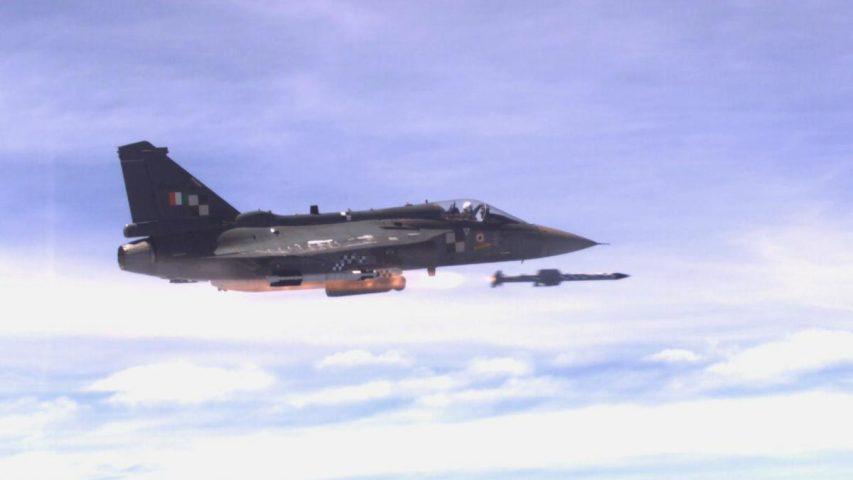The Light Combat Aircraft (LCA) Tejas achieved a significant milestone as it successfully fired the Astra indigenous Beyond Visual Range (BVR) air-to-air missile off the coast of Goa. This achievement marks a notable advancement in the Indian defense capabilities and showcases the country’s progress in developing cutting-edge military technology.
Perfect Textbook Launch
According to a statement released by the Defence Ministry, the missile release was executed flawlessly from the Tejas aircraft at an altitude of approximately 20,000 feet. The test not only met all its predetermined objectives but also demonstrated a perfect textbook launch, affirming the precision and readiness of the Astra missile system. To ensure a comprehensive monitoring of the event, a Chase Tejas twin-seater aircraft closely observed the entire process, adding an extra layer of validation to the test.
Collaborative Monitoring and Expertise
The successful test launch was carried out under the vigilant supervision of the Test Director and scientists hailing from prominent institutions like the Aeronautical Development Agency (ADA), Defence Research and Development Organisation (DRDO), and Hindustan Aeronautics Limited (HAL). The Center for Military Airworthiness and Certification (CEMILAC) and the Directorate General of Aeronautical Quality Assurance (DG-AQA) also played pivotal roles in ensuring the comprehensive assessment of the launch.
Astra: A Marvel of Indigenous Research and Development
The Astra missile system, a product of collaborative efforts involving the Defence Research and Development Laboratory (DRDL), Research Centre Imarat (RCI), and other DRDO laboratories, is a Beyond Visual Range (BVR) air-to-air missile designed to engage and destroy high-speed aerial targets with exceptional maneuverability. The successful test launch of Astra further underlines India’s growing self-reliance in the field of aerospace technology and arms development.
Reducing Dependency on Imported Weapons
The successful integration of the Astra missile with the Tejas aircraft not only enhances the combat capabilities of the Tejas but also reduces the nation’s dependency on imported weaponry. This will bolster the country’s defense prowess and contribute to its pursuit of self-reliance in the defense sector.
Air Chief’s Review of the LCA Programme
The Tejas programme received further validation during Air Chief ACM V.R. Chaudhari’s review. The Indian Air Force (IAF) confirmed that all contracted fighter variants of the LCA Mk-1 had been successfully delivered. This included 40 LCA-MK1 aircraft, consisting of 32 single-seat fighters and eight twin-seat trainers. The IAF has also inked a contract for 83 LCA Mk1A aircraft, with deliveries scheduled to commence by February 2024.
LCA Tejas: A Symbol of Indigenization and Self-Reliance in Aerospace
The LCA stands as a representation of India’s endeavors in achieving self-sufficiency within the aerospace domain. It serves as a standard-bearer for the nation’s path towards self-reliance in defense production. Moreover, the steadfast commitment of Hindustan Aeronautics Limited (HAL) to ensure the on-time delivery of the contracted twin-seater aircraft significantly strengthens the IAF’s confidence in the Tejas program.
Key takeaways for competitive examinations
- Chief Executive Officer (CEO) of Hindustan Aeronautics Limited (HAL): Shri Mihir Kanti Mishra



 Indian Olympic Medal Winners List Till N...
Indian Olympic Medal Winners List Till N...
 Who is the Inventor of the Gramophone?
Who is the Inventor of the Gramophone?
 HS Dhaliwal Appointed New DGP Of Andaman...
HS Dhaliwal Appointed New DGP Of Andaman...
